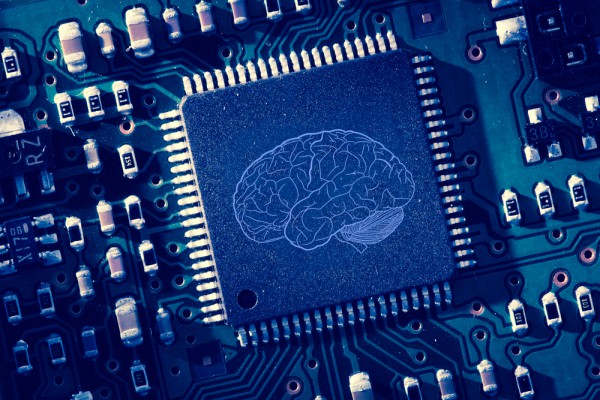
The REACH group has been collecting various physical activity and location sensor data through multiple studies in an effort to develop and refine a machine-learned physical activity recognition algorithm. Our current recognition algorithms use Hertz-level data from the Actigraph GT3X+ accelerometer and can be combined with GPS data for the Qstarz Travel Logger GPS Device.
Sensors used in Studies:
Actigraph GT3X+ (hip & wrist locations): Collects tri-axial raw acceleration data at various Hertz-level setting. Current algorithms use the hip or wrist data collected at 30 Hz. (http://actigraphcorp.com/products-showcase/activity-monitors/actigraph-wgt3x-bt/)
Qstarz Travel Logger BT-Q1000XT: GPS device collecting location coordinates every 15 seconds. (http://www.qstarz.com/Products/GPS%20Products/BT-Q1000XT-F.htm)
Vicon Revue v1.0 (SenseCam): Person-worn automatic camera collecting image approximated every 20 seconds and as assessed by onboard sensors (accelerometer, gyroscope, temperature, light).
ActivPal (thigh-mounted): sensor validated to quantify free-living behaviors such as sedentary, upright and ambulatory activities. (http://www.paltechnologies.com/products/)
Machine Learning Method:
Our machine learned physical activity recognition algorithms were trained using a supervised approach. Timestamped SenseCam images, manually annotated by trained annotators, were used to define the ground truth behaviors for training. Random forest classifiers were developed using approximately 40 acceleration features and 5 GPS features, depending on the algorithm, and used a leave-one-subject-out cross validation procedure. Current prediction accuracies are approximately 80% for all posture classifications.
Sensor studies used for the machine learned algorithms:
|
Study Name |
Data collection dates |
N |
Description |
Study Population |
Devices used |
|
PALMS Validation Dataset |
2/2011 – 5/2011 |
-- |
Research Assistants collected prescribed trip data on various routes and modes of transportation in urban and suburban locations in San Diego County. |
NA |
GPS; hip GT3X+ Accelerometer; Hand recorded observation data |
|
SenseCam Cycling Study |
5/2011 – 8/2011 |
40 |
UCSD staff and student commuter cyclists collected multiple days of data testing the feasibility of wearing the Sensecam images and other sensing devices |
Age: 36 (12) Gender: 30% female BMI: 23.4 (3.2)
|
GPS; hip GT3X accelerometer; ActiCal; SenseCam |
|
SAGE |
6/2012-9/2013 |
40 |
Older adults collected a typical week of SenseCam image, hip accelerometer and GPS data along with objective measures of cognitive and physical functioning and balance & stability measures with the Neurocom device |
Age: 78.3 (10.6) Gender: 40% female BMI: 25 (3.3) |
GPS; hip GT3X accelerometer; SenseCam |
|
PALMS 007 |
2/2013 – 4/2013 |
40 |
Adult Hispanic participants collected a typical week of SenseCam images, hip accelerometer and GPS data along with 2 days of a modified American Time Use Survey and survey measures |
Age: 26 (10.7) Gender: 46.5% female BMI: 25.5 (6.5) |
GPS; hip GT3X accelerometer; SenseCam |
|
DIAL |
6/2012 – 5/2013 |
38 |
Older adult and obese women collected a typical week of SenseCam images, hip and wrist accelerometer, and GPS data along with survey measures. |
Age: 55 (15.5) Gender: 100% female BMI: 32 (3.7) |
GPS; hip & wrist GT3X accelerometer; SenseCam |
|
iWatch |
07/2012 - 4/2016 |
210 |
Children, adults and older adults collected a typical week of SenseCam images, hip and wrist accelerometer, and GPS data along with survey measures. |
Age: 42.4 (25.9) Age range: 5 - 85 Gender: 51.8% female BMI: 24.8 (6.6) |
GPS; hip & wrist GT3X accelerometer; SenseCam |